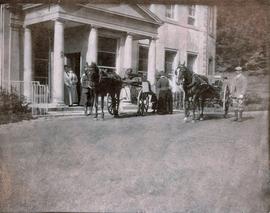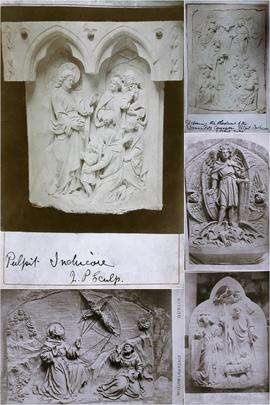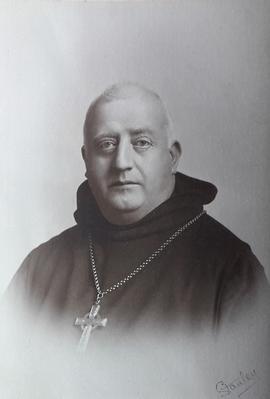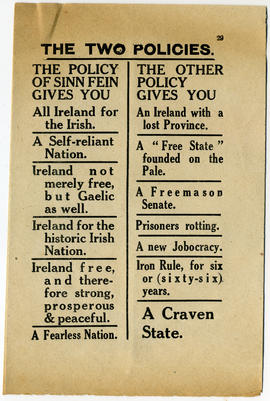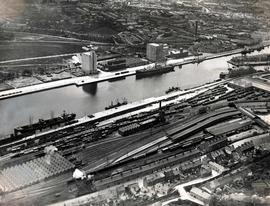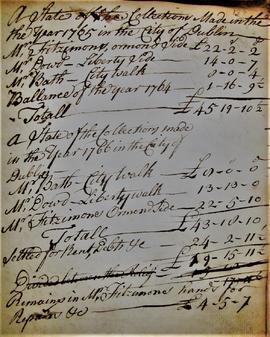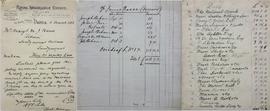- IE CA DL/5/1
- File
- c.1900-1930
Part of Irish Capuchin Archives
File containing photographic prints of the Stewart-Bam residence at Ards House, Creeslough, County Donegal. These are images of the residence (and former owners) before the Capuchin friars took possession of Ards House in 1930. Some of the prints were reproduced in 'A history of Ards' (1991) by Fr. David Kelleher OFM Cap. The file includes:
• Copy print of the gardens at Ards House in 1859. Fr. David notes that this photograph was taken by David Knox (1821-1895).
• Sir Pieter von Blommenstein Bam in the uniform of a Lieutenant Colonel during the Boer War in South Africa, c.1900.
• The staff of Ards House in 1906. The photograph is annotated on the reverse with the names of the male and female servants.
• Servants and staff welcoming the newly married Ena Dingwell Tasca Stewart-Bam and Sir Pieter von Blommenstein Bam (d. 20 Dec. 1928) at Ards House in 1910. The smaller copy of the print has the following annotation: ‘Taken over 20 years ago, at some kind of reception given to the Stewards by his tenants xx – Sir Peter and Lady Stewart. Arrow on photograph points to present gardener (W. Barr)’.
• An original print of a group with two jarveys outside Ards House in about 1910.
• Copy print of a sketch map of the Ards Estate Home Farm Offices, the property of A.J.R. Stewart.
• Ena Dingwell Tasca Stewart-Bam on the front stairway in Ards House in c.1910.
• A woman with a young child (presumably tenants) outside a cottage on the Ards Estate.

